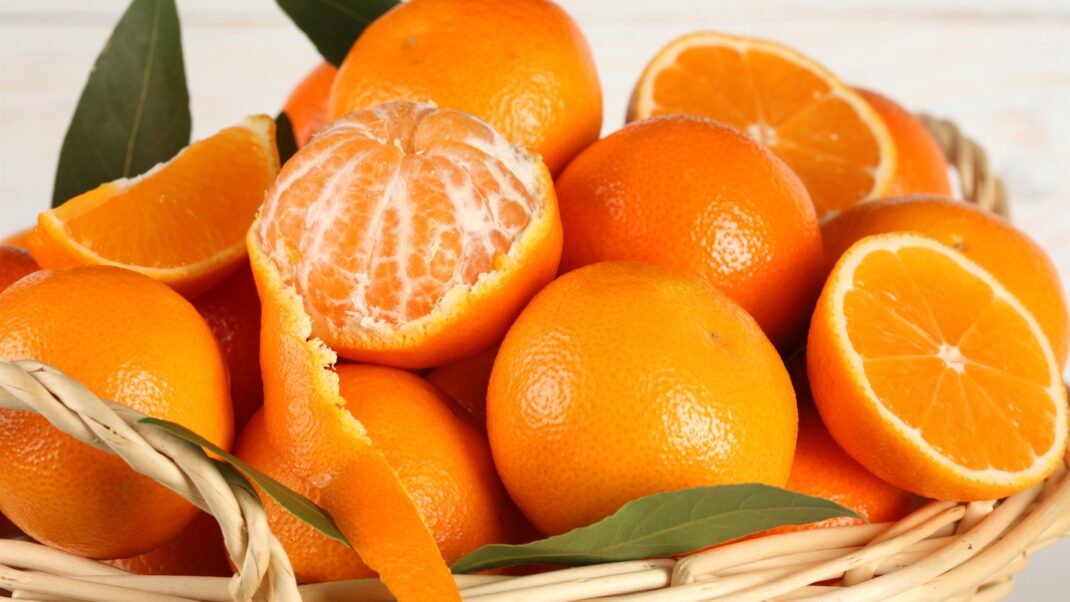angerines and clementines are two popular citrus fruits that are often confused with each other due to their similar appearance and taste. While they belong to the same family and share many similarities, there are a few key differences between the two. In this comprehensive guide, we will explore the characteristics, origins, flavors, nutritional profiles, and culinary uses of tangerines and clementines to help you understand what sets them apart.
Characteristics:
Tangerines and clementines are both small, round citrus fruits with bright orange skin. However, tangerines are slightly larger, measuring around 3 inches in diameter, while clementines are typically smaller, averaging around 2 inches in diameter. In terms of appearance, tangerines often have a slightly rougher skin compared to the smoother, glossy skin of clementines.
Origins:
Tangerines are believed to have originated in Southeast Asia and were later introduced to Europe and North America. They are a variety of mandarin orange and are named after Tangier, a city in Morocco. On the other hand, clementines are a hybrid between a mandarin orange and a sweet orange. They were first discovered in Algeria and were named after a French missionary, Father Clement Rodier, who played a significant role in their cultivation.
Flavors:
Both tangerines and clementines are known for their sweet, tangy, and refreshing flavors. However, tangerines tend to have a slightly stronger and more complex taste compared to clementines. Tangerines often have a sweeter and juicier flesh with a hint of tartness, while clementines are generally sweeter and milder in flavor. The segments of tangerines are often easier to separate due to their thicker skin, whereas clementines are known for their easy-to-peel, loose skin and are often referred to as “easy-peelers.”
Nutritional Profiles:
In terms of nutritional value, tangerines and clementines are quite similar. They are both low in calories and a rich source of vitamin C, dietary fiber, and various antioxidants. A medium-sized tangerine or clementine provides about 50-60 calories and fulfills approximately 50% of the recommended daily intake of vitamin C. Both fruits also contain essential minerals like potassium and folate.
Culinary Uses:
Both tangerines and clementines are versatile fruits that can be enjoyed in various ways. They can be eaten fresh as a healthy snack, added to fruit salads, used in smoothies, or juiced to make refreshing beverages. The zest and juice of tangerines and clementines can be used to flavor desserts, cakes, and sauces. Additionally, their tangy-sweet taste pairs well with savory dishes, and they can be used in salads, stir-fries, and marinades to add a burst of citrus flavor.
Availability:
Tangerines and clementines are both widely available during the winter months, typically from November to February, as they are considered seasonal fruits. However, due to advancements in cultivation and global trade, it is possible to find these fruits in stores year-round, though the peak season is still the best time to enjoy their optimal flavor and freshness.
In conclusion, while tangerines and clementines share many similarities, including appearance, nutritional profiles, and culinary uses, there are a few distinctions that set them apart. Tangerines are slightly larger, have a rougher skin, and possess a stronger and more complex flavor. Clementines, on the other hand, are smaller, have a smoother skin, and are known for their easy-to-peel nature and milder taste. Regardless of their differences, both fruits offer a delightful burst of sweetness and are a healthy addition to your diet. Whether you prefer the boldness of tangerines or the mildness of clementines, you can’t go wrong with either choice when it comes to enjoying the wonderful world of citrus fruits.
- Orange Fruit Bound Marijuana Strain - September 15, 2023
- Tangerine vs. Clementine: What’s the Difference? - July 13, 2023
- Tips for Coping with Uncertainty - June 21, 2023

